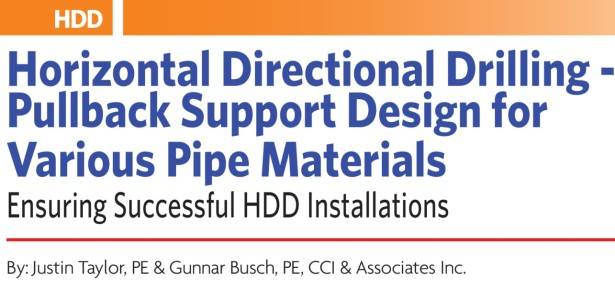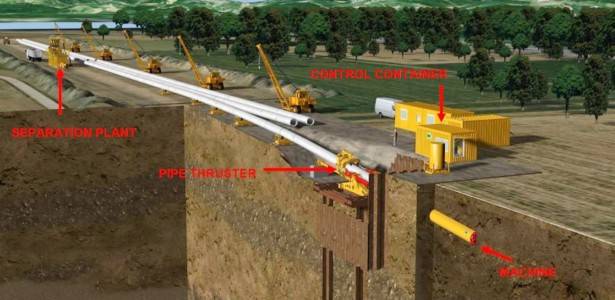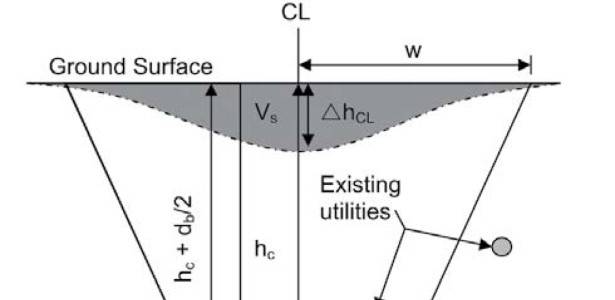Abstract
The utilization of slip bore and guided slip bore trenchless pipeline installation methods, where a pipeline crossing is installed without creating an unsupported void in the subsurface materials, is generally preferred by Engineers. Typically, these methods of installation are less prone to creating subsurface deformations when completed in favorable geotechnical conditions and when properly executed. Therefore, settlement of the above-ground facility being crossed is not expected.
This paper presents a case study of a railway embankment, where significant geotechnical issues; settlement of up to 75 mm of the overlying railway track and sinkhole development, were observed because of a guided slip bore installation of a 42 inch casing pipe. The results of geophysical and geotechnical investigations on the embankment; namely Ground Penetrating Radar (GPR) and Cone Penetration Tests (CPT), performed subsequent to the development of issues to better understand the root causes, are summarized. Root causes for settlement during and after construction, as well as post-construction sinkhole development, are analyzed. Lessons learned, remedial work undertaken on the railway embankment, and subsequent monitoring results are presented.
Publication Date: 2018
Presented at:
NASTT’s 2018 No-Dig North Show, Palm Springs, California
March 25-19, 2018
Paper Number: TMI-T4-05
Authors
Nic Boelhouwer, G.I.T., CCI Inc., Edmonton, Alberta
Stefan Goerz, E.I.T., CCI Inc., Edmonton, Alberta
Sam Wilson, P.Eng., CCI Inc., Edmonton, Alberta




